Pembroke Pines Flood Help: Save Time, Money with Fast Basement Cleanup!
Are you a resident of Pembroke Pines, FL, dealing with a basement flood? Don’t stress! Our expert te…….
Pembroke Pines Flood Damage Restoration: A Comprehensive Overview
Introduction
Flood damage restoration in Pembroke Pines, a city in the heart of Broward County, Florida, is a critical service that addresses the immediate and long-term effects of water damage from floods. This article delves into the intricacies of flood damage restoration, its impact on the community, and the broader implications for the environment and economy. Readers will gain a deep understanding of the processes involved, the latest advancements in technology, and the policies that guide this essential service.
Understanding Pembroke Pines Flood Damage Restoration
Flood damage restoration involves various stages, from initial assessment to complete property restoration. It encompasses water extraction, dehumidification, mold remediation, structural drying, and repairs or reconstructions. The historical context of flood damage restoration in Pembroke Pines is marked by significant events such as Hurricane Andrew in 1992, which underscored the importance of robust restoration protocols. This service is pivotal in minimizing secondary damage, preventing health hazards like mold growth, and restoring homes and businesses to their pre-flood conditions.
Global Impact and Trends
The impact of flood damage restoration extends beyond Pembroke Pines, influencing global trends in disaster management and environmental conservation. Climate change has heightened the frequency and intensity of flood events worldwide, making effective restoration practices increasingly vital. Regions like Asia and Africa, where flooding is prevalent, are adopting advanced restoration techniques from places like Pembroke Pines to enhance their resilience to such disasters. The adoption of green restoration practices, which focus on sustainability and minimizing environmental impact, is a growing trend.
Economic Considerations
The economic aspects of flood damage restoration in Pembroke Pines are multifaceted. It stimulates local economies by creating jobs and fostering growth in related sectors such as construction and insurance. On a larger scale, the restoration industry contributes significantly to the national GDP. Investment in advanced restoration technologies can lead to cost savings over time and help mitigate the financial burden of flood damage.
Technological Advancements
Recent technological advancements have revolutionized the field of flood damage restoration. Innovations like thermal imaging, infrared cameras, and non-invasive moisture detection tools enable restoration professionals to pinpoint hidden water intrusions more efficiently. The integration of smart technology and IoT devices allows for real-time monitoring and control of the restoration process, ensuring optimal humidity levels and preventing future damage.
Policy and Regulation
The regulatory framework for flood damage restoration in Pembroke Pines is governed by a combination of local, state, and federal policies. The National Flood Insurance Program (NFIP) plays a significant role in standardizing practices and ensuring compliance with environmental regulations. Building codes and ordinances are regularly updated to reflect the latest advancements in technology and best practices for restoration.
Challenges and Criticisms
One of the primary challenges faced by flood damage restoration efforts is the rapid onset of flooding, which often outpaces preparedness and response capabilities. Critics argue that there needs to be a greater emphasis on preventive measures and infrastructure resilience. Solutions such as improved zoning laws, enhanced public education, and investment in early warning systems are essential to address these challenges effectively.
Case Studies
Several case studies illustrate the successful application of flood damage restoration in Pembroke Pines. Notably, the restoration following Hurricane Irma in 2017 demonstrated the effectiveness of coordinated efforts between local authorities, restoration companies, and federal agencies. These case studies provide valuable insights into best practices, lessons learned, and the importance of community engagement in disaster response.
Future Prospects
The future of flood damage restoration in Pembroke Pines looks promising with ongoing research and development in restoration technologies. Emerging trends such as the use of drones for damage assessment and the implementation of advanced drying systems bode well for the industry’s growth. Strategic considerations include the integration of predictive analytics to anticipate future flood events and to enhance preparedness measures.
Conclusion
Flood damage restoration is a vital service that plays a crucial role in the resilience and recovery of communities like Pembroke Pines. This article has explored the multifaceted nature of this field, from its historical context and global impact to economic considerations and technological advancements. The policies and regulations that govern it, as well as the challenges and solutions within, highlight the importance of a proactive and adaptive approach to flood damage restoration.
FAQ Section
What is Pembroke Pines Flood Damage Restoration?
It is the process of restoring properties damaged by floods, including water removal, drying out structures, mold remediation, and repairs to return the property to its pre-flood condition.
Why is it important?
Flood damage restoration minimizes secondary damage, prevents health hazards, reduces long-term costs, and helps communities recover more quickly after a flood event.
How has technology changed the field of flood damage restoration?
Technology has improved the efficiency and effectiveness of the restoration process through advanced detection tools, monitoring systems, and drying techniques.
What role do policies play in flood damage restoration?
Policies ensure that restoration efforts comply with environmental standards, building codes, and insurance requirements while providing a framework for coordinated response and recovery.
How can communities prepare for future flood events?
Communities can prepare by implementing early warning systems, adopting sustainable building practices, enforcing zoning laws that reduce risk, and conducting regular community drills for flood preparedness.
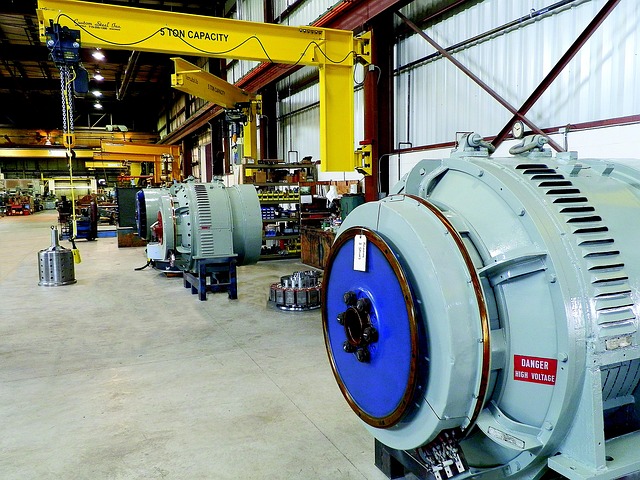
Are you a resident of Pembroke Pines, FL, dealing with a basement flood? Don’t stress! Our expert te…….

Are you a Pembroke Pines resident facing flood damage? Don’t panic—we’re here to help! Our expert…….
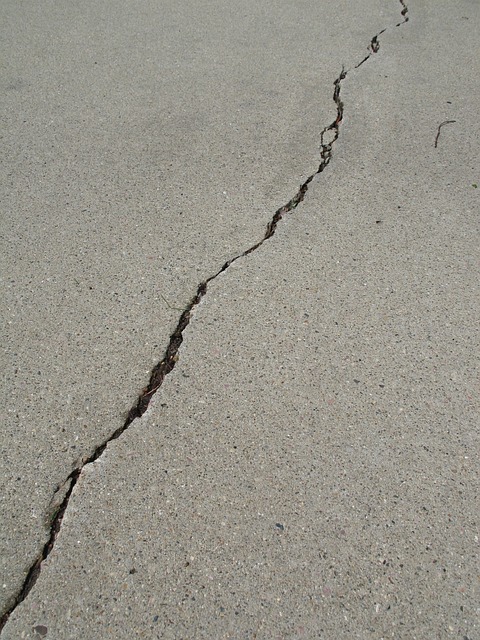
Are you tired of leaky ceilings and the costly flood damage they cause? Look no further! Our top-rat…….

Are you a resident of Pembroke Pines, FL, dealing with furniture flood damage? Don’t let water ruin…….
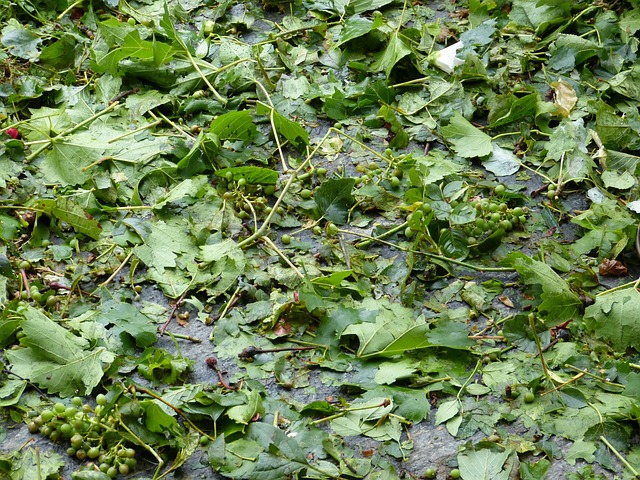
Are you a Pembroke Pines resident dealing with the aftermath of a flood? Don’t despair! Our expert t…….
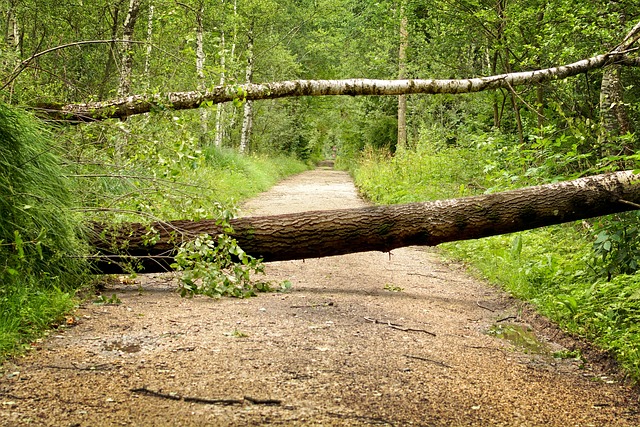
Are you tired of the hassle and cost of repeated pipe bursts in Pembroke Pines? Say goodbye to flood…….

Are you a Pembroke Pines resident facing flood damage due to a burst pipe? Look no further! Our rapi…….
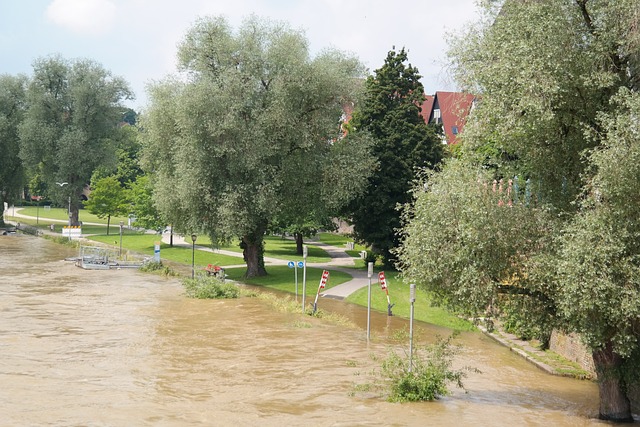
Are you a Pembroke Pines resident struggling with black mold after flood damage? You’re not alone. F…….
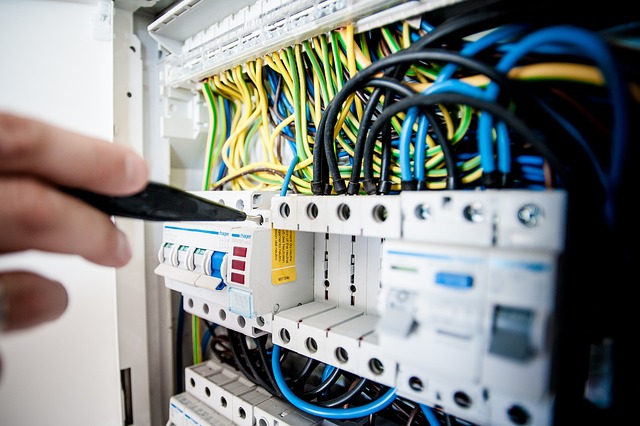
Are you a resident of Pembroke Pines, FL, dealing with furniture damaged by water or a recent flood?…….
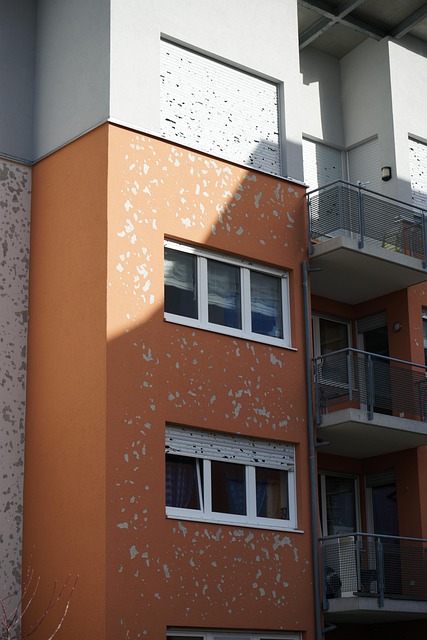
Are you a Pembroke Pines resident dealing with flood damage? Don’t let water ruin your cherished fur…….